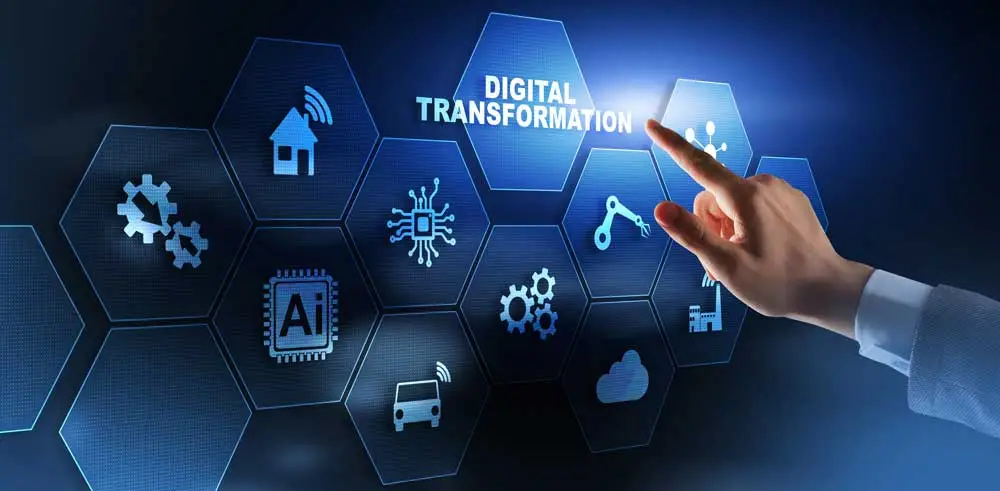Ways Service Companies can Transform their Organizations:
The quick adoption of technology in a very digital era helps service companies drive more leads, the result is? More B2C and B2B sales!
3 min read
Shantell Carman
:
Sep 16, 2021 12:49:19 PM
%20optimized.jpg)
No one could have predicted that 2020 would be the year that companies worldwide would have their business resilience put to the test—and by an invisible virus no less.
Now, almost 18 months later, we’re all a bit wiser. We see that the companies that prioritized digital transformation before the pandemic hit, and in the early stages of the shutdown, were able to adapt, survive, and become more resilient.
There are 4 major ways digital transformation enables businesses to become more resilient.
Becoming more resilient is critical for any business. The next major disruption can come at any time. Undergoing digital transformation is your best opportunity to remain resilient when uncertainty abounds.
Now, the temptation may be to take a “rip-and-replace” approach. That is to say, rip out your legacy systems and install a bleeding-edge cloud-based system in one fell swoop. There are times, when this may be the best approach. However, we find that companies who need that approach are more the exception than the rule.
Smart digital transformation starts with finding opportunities to bridge legacy systems to digital solutions. You want to modernize over time and actually keep your business running while building resilience through digital solutions.
Your company can become more resilient through digital transformation and Single Source Systems can help get you there. As an Acumatica partner, Single Source Systems is ready and able to assist you with getting your Acumatica ERP system into place and running smoothly. Acumatica offers ERP software that can be customized to your business, thereby accelerating your return on investment, and decreasing the time spent training employees.
Contact our team today to schedule a free Acumatica demonstration or to find out more about how we can help your business become more resilient and more profitable.
For more content like this, be sure to follow us on LinkedIn, Facebook, and Twitter, or check out our other Blog Posts.

The quick adoption of technology in a very digital era helps service companies drive more leads, the result is? More B2C and B2B sales!

If your business is considering implementing a Modern-Cloud Business Management solution, you already know that your journey will be a...

At its core, digital transformation is a simple concept. Digital transformation is the process of migrating your firm’s analog data, legacy systems,...